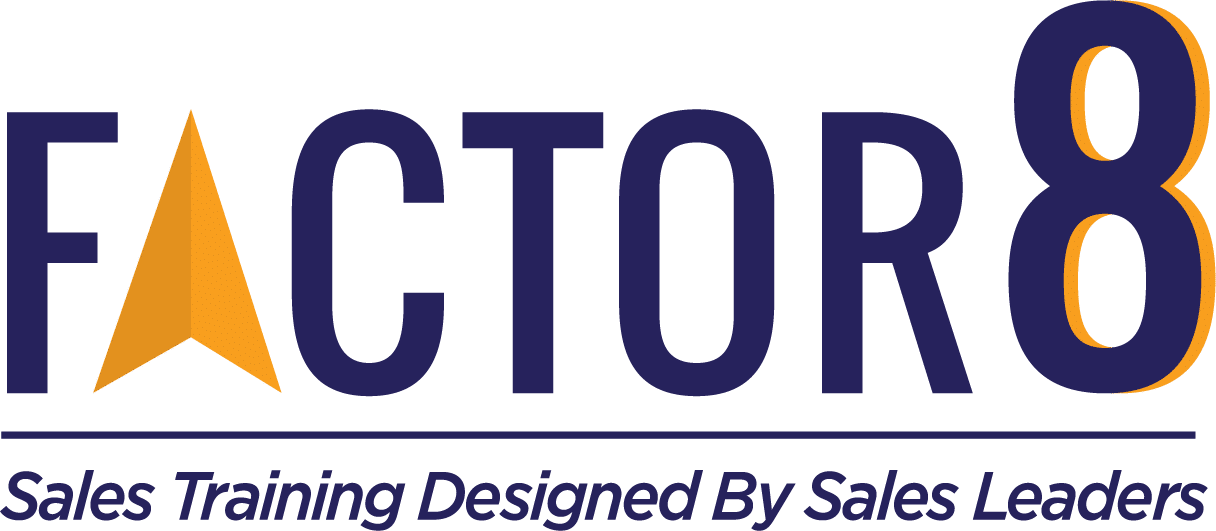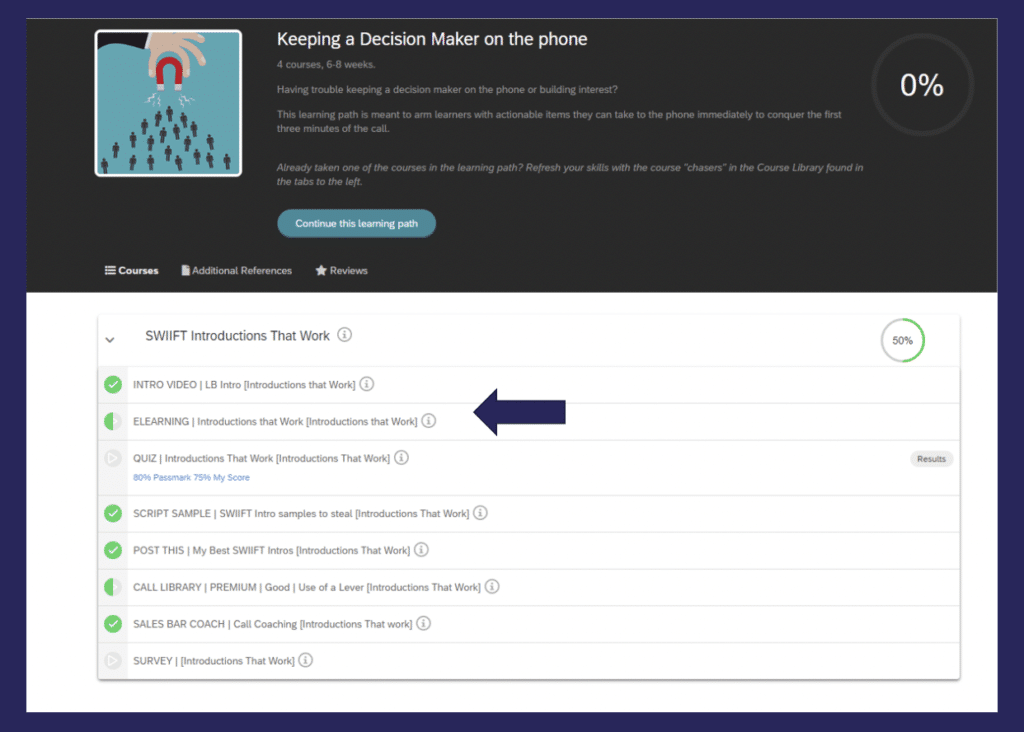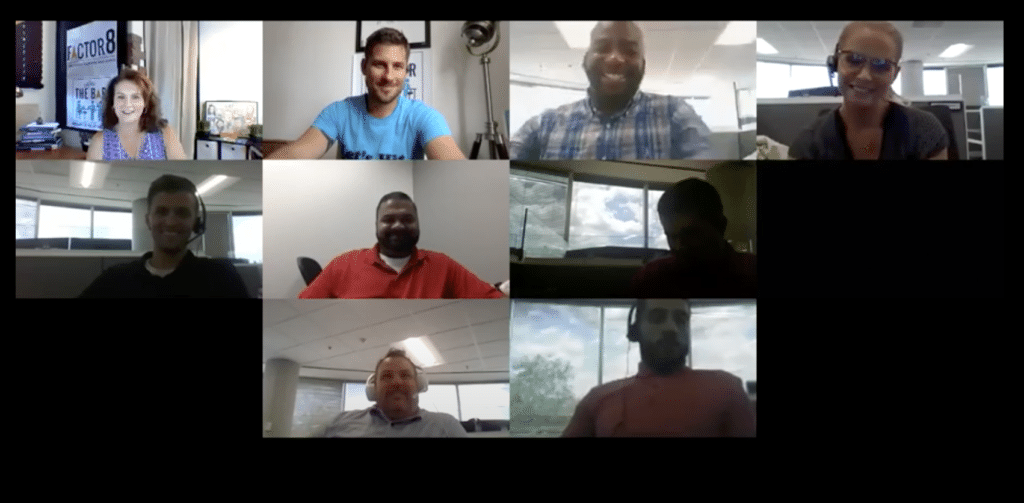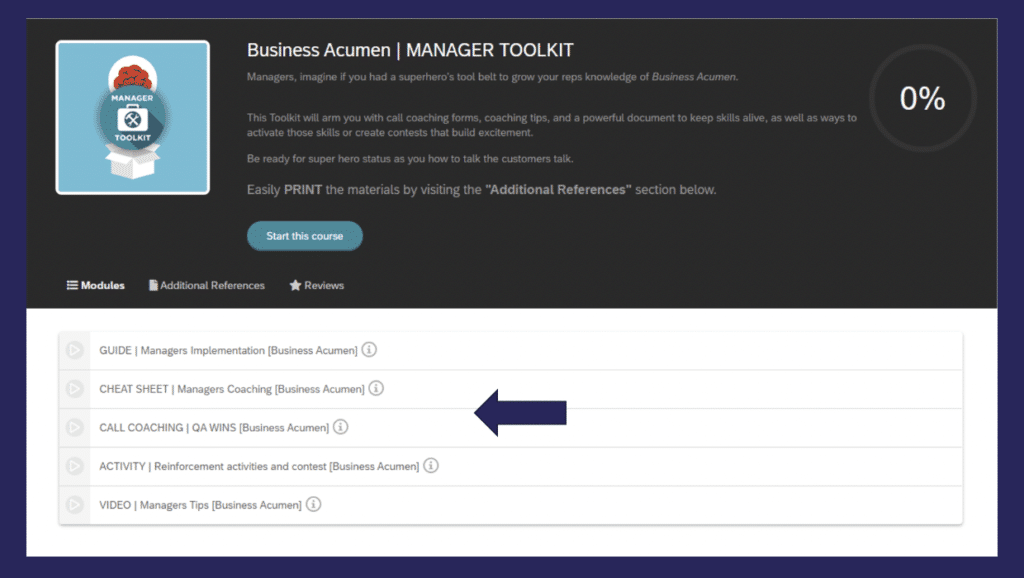What is Inside Sales?
What the heck does it mean when we refer to “inside sales”?
Inside sales is the practice of selling products or services remotely, and it’s seen HUGE growth in recent years. As technology continues to advance, so does the future of inside sales. This is an exciting time in the industry! Keep on reading for key takeaways on what to expect in the future.
READ: Different Inside Sales Roles Explained
Artificial Intelligence
One of the biggest trends in the future of inside sales is the use of artificial intelligence (AI). AI can be used to analyze data and identify patterns, allowing sales representatives to focus their efforts on the most promising leads. When used correctly, AI can even assist with customer service – freeing up time for sales representatives to focus on closing deals.
Another trend in the future of inside sales is the use of virtual reality (VR) and augmented reality (AR) technology. These technologies can actually give potential customers an immersive experience, allowing them to see how a product or service will look and feel before making a purchase. This is really useful for products that are difficult to visualize, like home renovations or new furniture.
READ: How to Use ChatGPT to Write Sales Emails
Remote Work
One of the most significant benefits of inside sales is the ability to work remotely. More and more companies have recognized the benefits to remote work after significant changes around the world (especially the pandemic). Remote work allows sales representatives to be located anywhere in the world, which also allows companies to expand their customer base and tap into new markets!
READ: Transition from Field to Inside Sales
Communication & Marketing
In the future, inside sales will also be impacted by advancements in communication technology. With faster internet speeds and more reliable communication channels, sales representatives will be able to communicate with potential customers more easily and efficiently. We can expect faster response times and better customer service, ultimately resulting in increased sales.
Another development is increased use of video and multimedia content. Sales representatives will be able to create videos and other multimedia content to showcase products and services, but also to provide personality and interact with a more human touch.
This human element ties into the idea that companies will need to focus on developing a strong brand identity. They’ll need to create consistent messaging across all channels and build a reputation for quality and reliability. Sales representatives will need to be brand ambassadors, and work to build trust with potential customers.
Companies will also need to focus on data-driven decision making. With access to more data than ever before, sales teams will be able to analyze customer behavior and make informed decisions about their sales strategy. This will require a strong understanding of analytics and data management, as well as a willingness to embrace new technology.
DOWNLOAD: Human-Centered Communication
Building Relationships + Customer Engagement
As the inside sales industry continues to grow, companies will also need to focus on building strong relationships with their customers through a combination of personalized marketing and customer service. Sales representatives will need to develop a deep understanding of their customers\’ needs and preferences, and tailor their approach accordingly.
Changes in the buying process will also have a huge impact moving forward. With more consumers conducting research online before making a purchase, sales representatives will need to adapt their approach to meet these needs and even anticipate them. This may involve providing more information online, offering live chat support, and using other digital tools to engage with potential customers.
Final Thoughts
The future of inside sales looks increasingly bright! With advancements in AI, VR, and communication technology, sales representatives will be able to work more efficiently and effectively than ever before.
And as companies continue to adapt to changes in the buying process, inside sales will play an increasingly important role in the sales industry. Utilizing all of the above will set you up for success and help you make a big impact on your bottom line!











